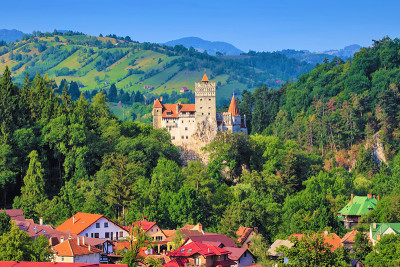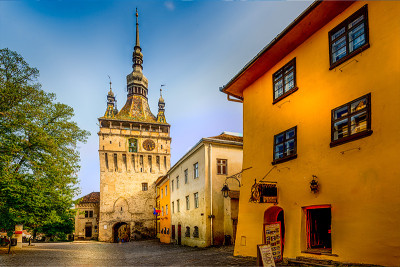Constanta is the oldest city in Romania, founded around 600 BC and is located on the west coast of the Black Sea. It is the largest port in Romania and the 4th in Europe. The original town was named Tomis, being founded by Greek colonists, then conquered by the Romans. Its name was changed to Constantiana by roman emperor Constantine the Great.
Refined buildings and hotels were built in the 19th century, when King Carol I decided to revive the city as a marina and resort, the beach having a length of 13 km. Today Constanta is an important cultural and economic center, worth visiting for its archaeological treasures. Its historical monuments, ancient ruins, museums and summer resorts in close proximity turn Constanta into a major attraction on the Black Sea coast.

The Constanta Casino is without a doubt the emblem of the city. An imposing building that tourists don’t want to miss, the Casino has been watching the Black Sea coast for over 130 years.
The Casino was inaugurated on 15th of August, 1910 in the presence of Prince Ferdinand. In view of the high maintenance costs of the building, local authorities authorize gambling on 11th of March, 1911, equipping the casino with 2 billiard tables and 7 gambling tables for card games.
Shortly after the opening, the Casino becomes one of the most popular establishments of its kind in Europe. The building was a luxurious place with beautiful walls decorations, sophisticated chandeliers, expensive carpets and exquisite furniture. The access to this exclusive world was only allowed to wealthy people with an elaborate attire. The Casino luxury and the glamor of gambling attracted rich people from all over the world, who travelled incognito to Romanian lands.
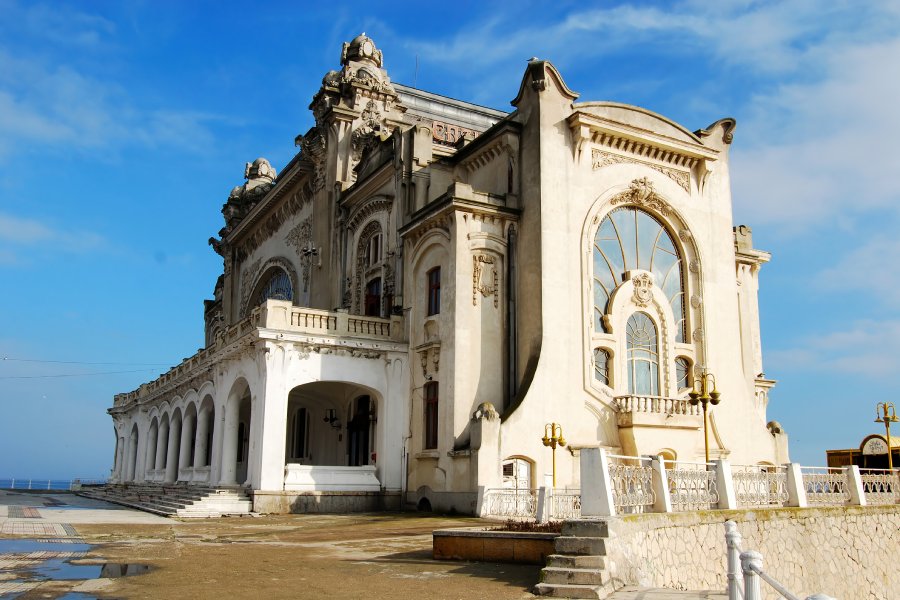
The Constanta Casino functioned as a hospital during the First World War and returned to its original destination in the interwar period. In the early 1980s, the Casino was restored for the last time, when new decorations and stained glass were added to the construction.
Saints Paul and Peter Cathedral was built between 1883-1885, being the first Romanian church in the city since the Independence War from 1877. The building served as a parish church until 1925. Following the aerial bombardment during the World War II it was partly destroyed, being built on a weak foundation. Between 1925 and 1950 it became a cathedral, being known as the Cathedral of the Archbishop of Tomis.
The church contains ecclesiastical architectural elements, in an ensemble that reveals three towers well-proportioned to the rest of the building. It was described as an “impressive building, with a monumental façade that reminds of the church from Curtea de Arges” in a travel guide from 1924.
The Roman Mosaic Edifice is a monumental ancient edifice located near the National History and Archeology Museum in Constanta. It was discovered during some civil works in the autumn of 1959. The archaeological campaigns dedicated to the Roman monument lasted for a period of five years until 1965.
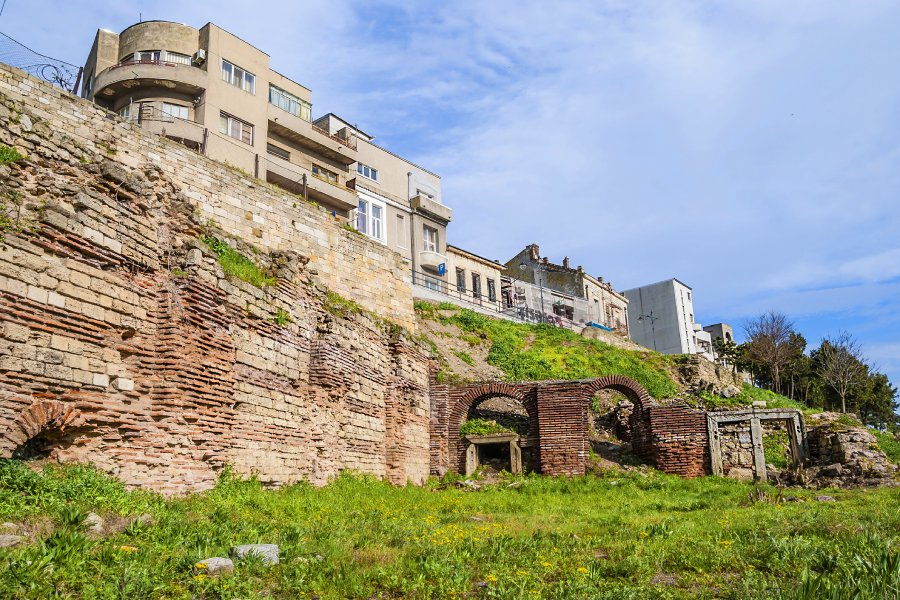
Additional archaeological investigations were organized between 1965 – 1968, which aimed to carry out further research, by bringing to light the South-East extensions. A structure of steel, concrete and glass was built during 1970-1976 to protect this ancient wonder and it was placed over the monument, in the area of the original mosaic.
The National History and Archeology Museum of Constanta is one of the most amazing museums to spend time in and the second largest institution, after the National History Museum of Romania from Bucharest. Its extraordinary exhibition consists of more than 430,000 objects dating from the Paleolithic to the modern age. The main theme of the museum focuses on the history of Dobrogea, but a national thematic area is also displayed which makes it different from similar institutions from other counties.
The Black Sea is surrounded by various landscapes of amazing beauty. A trip to the coast of this great sea that divides two continents will surprise you with its large beaches and old villages with Byzantine palaces and also with the natural area including a variety of animals and plants.
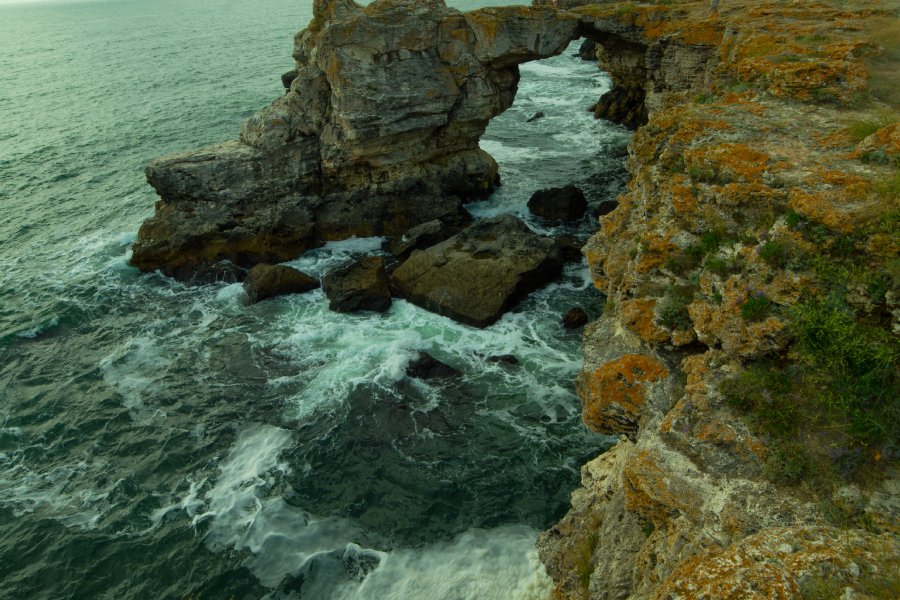
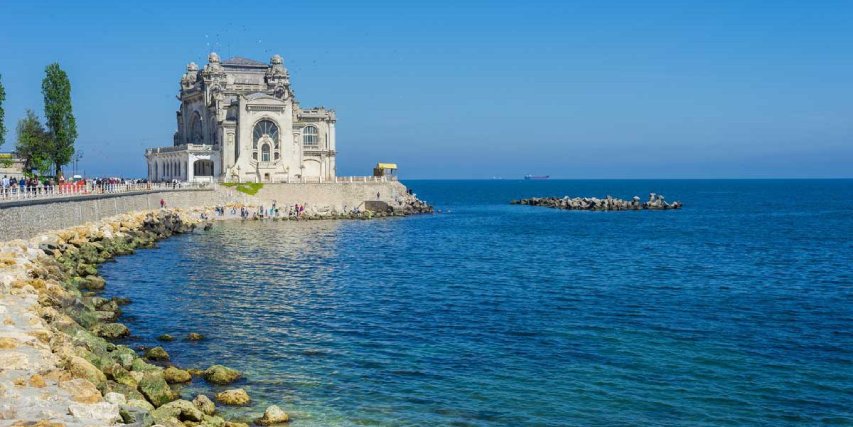
 ES
ES
 IT
IT
 DE
DE
 FR
FR
